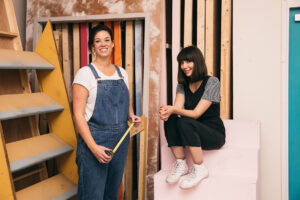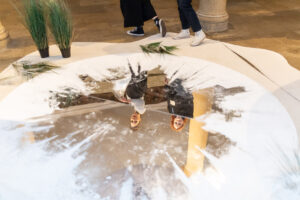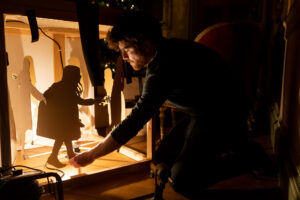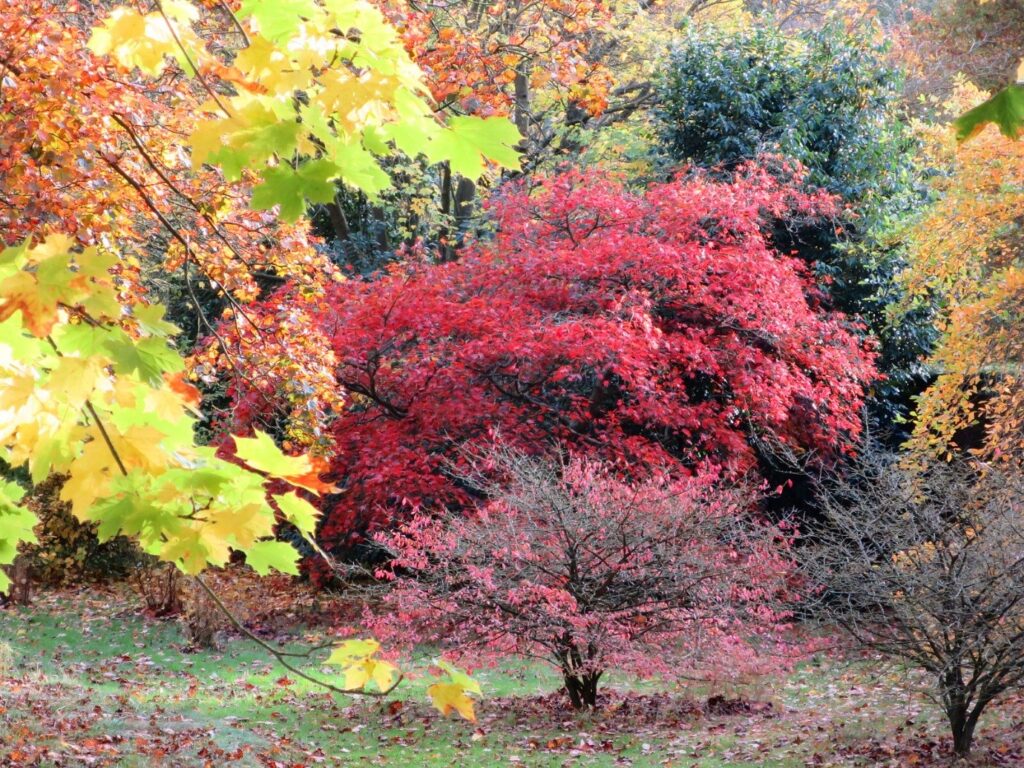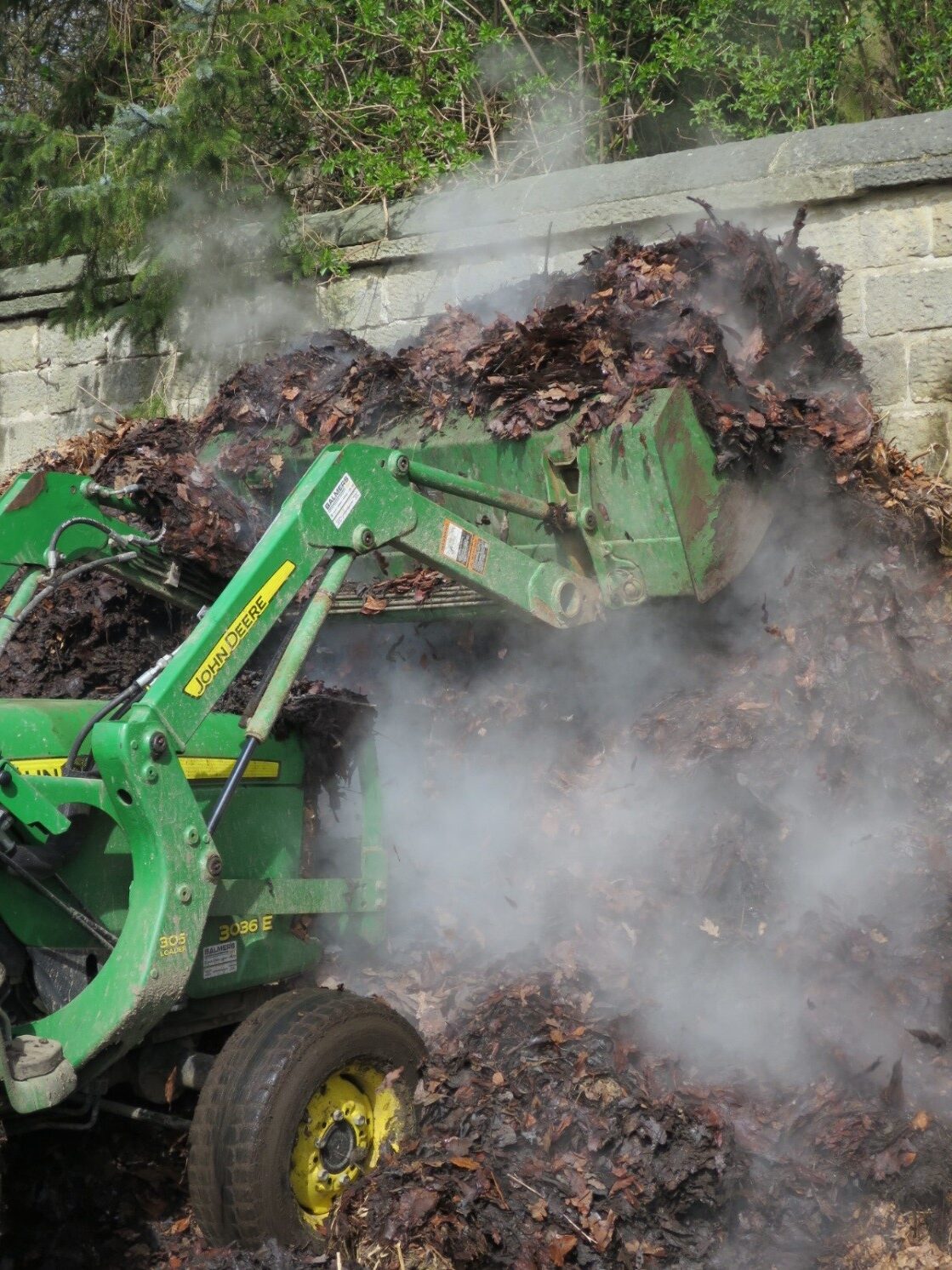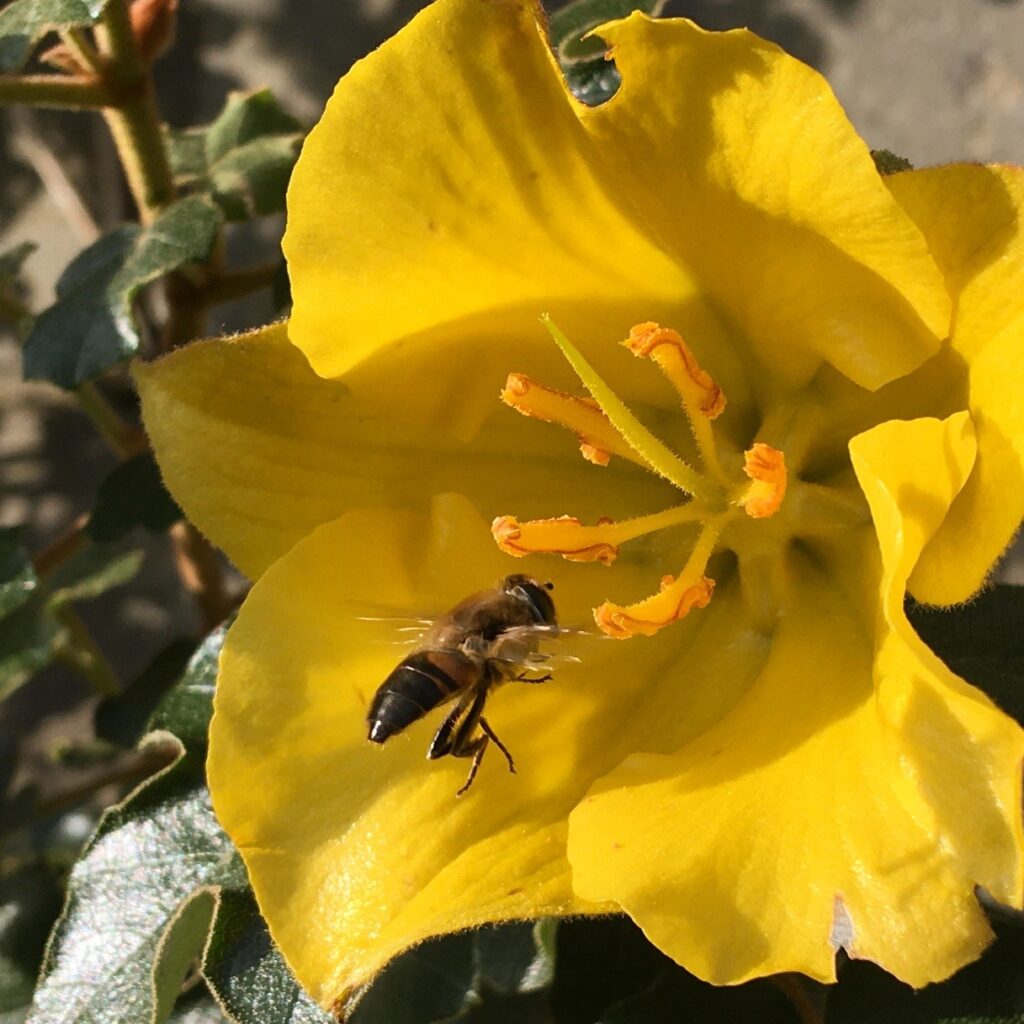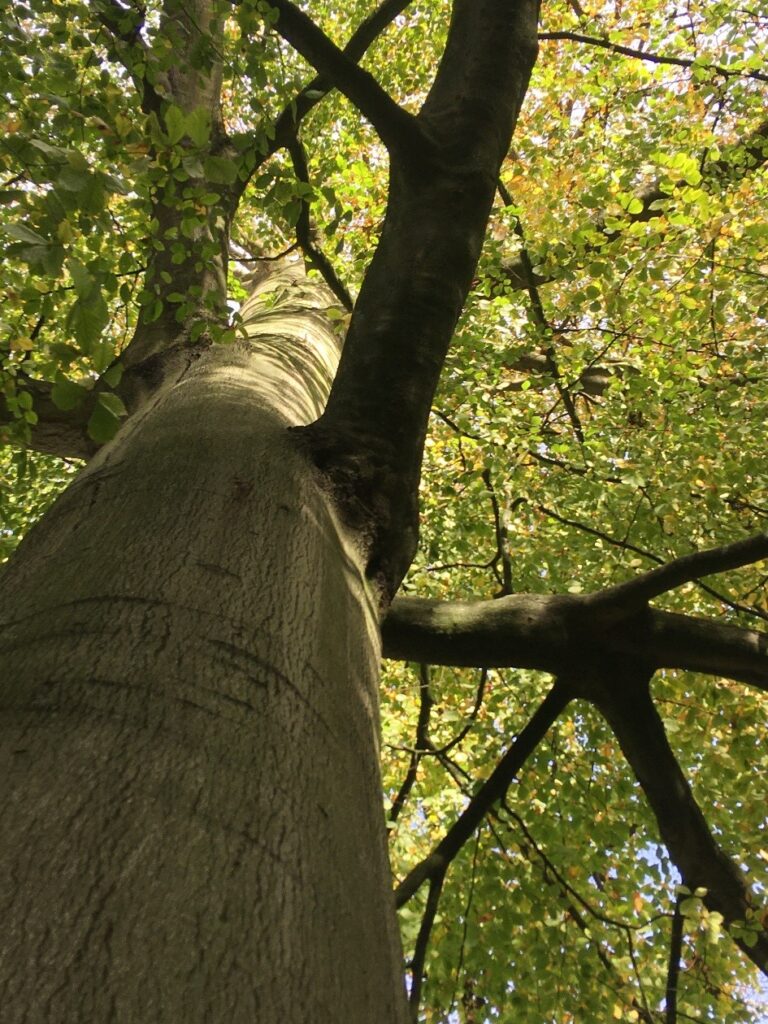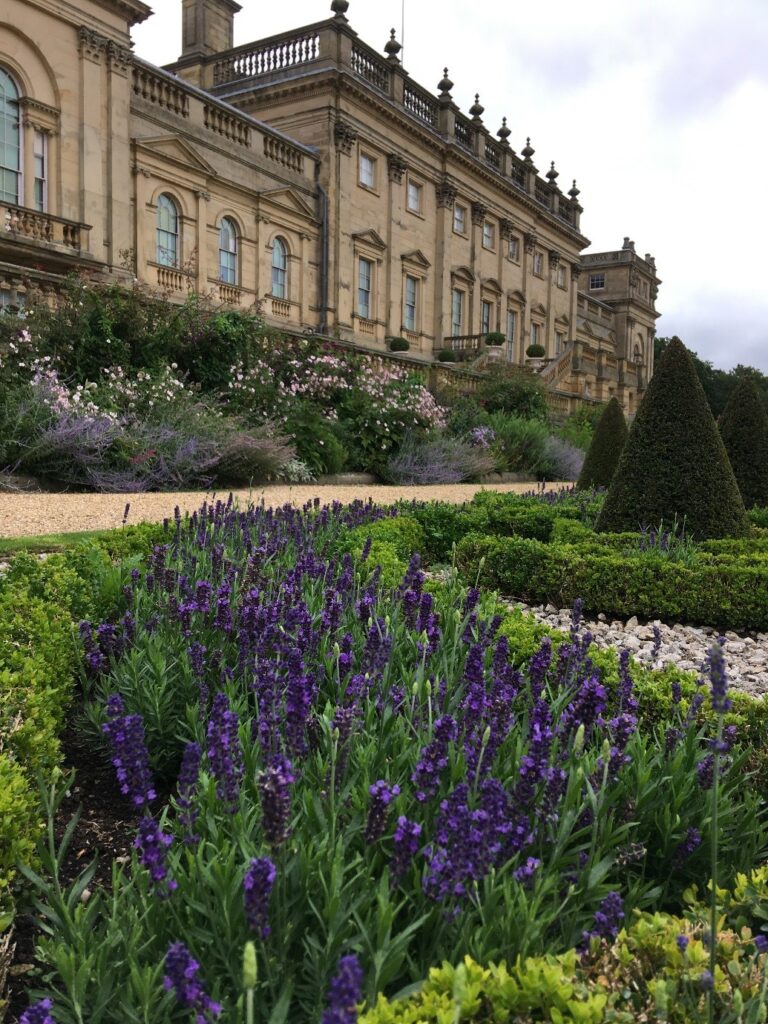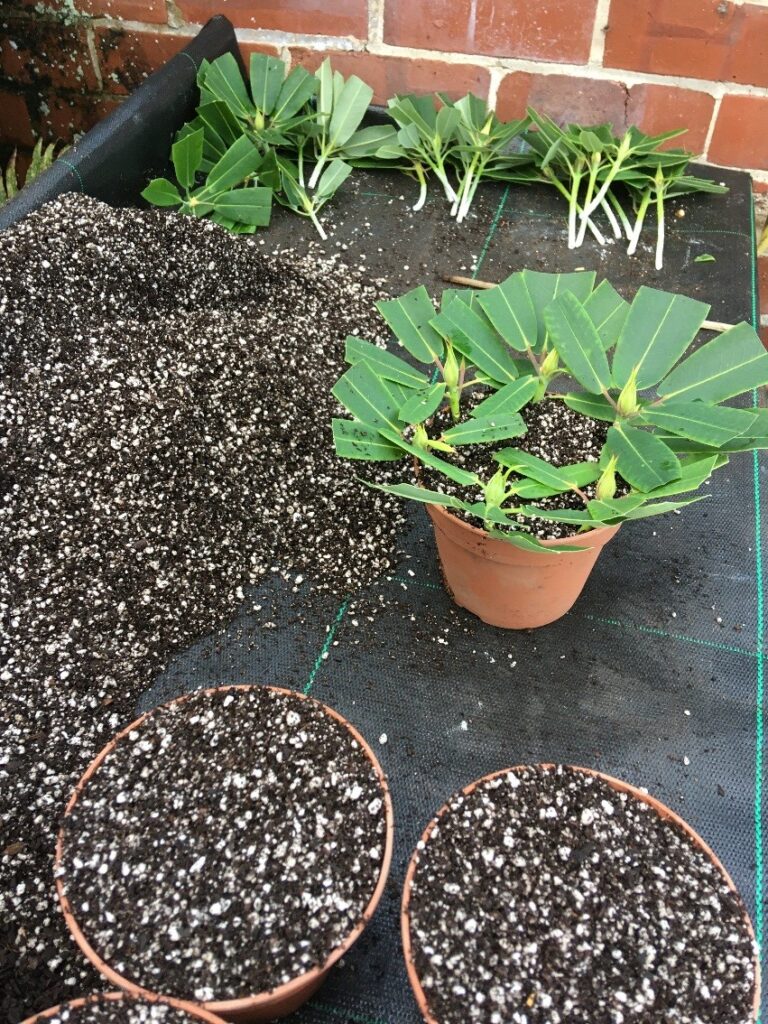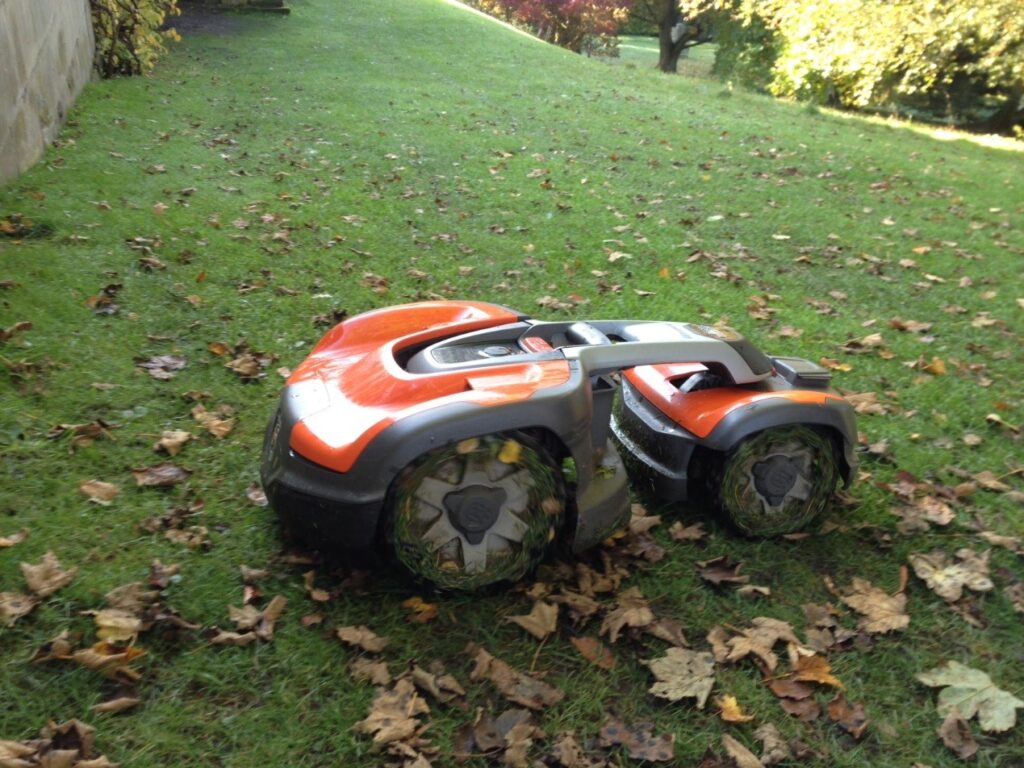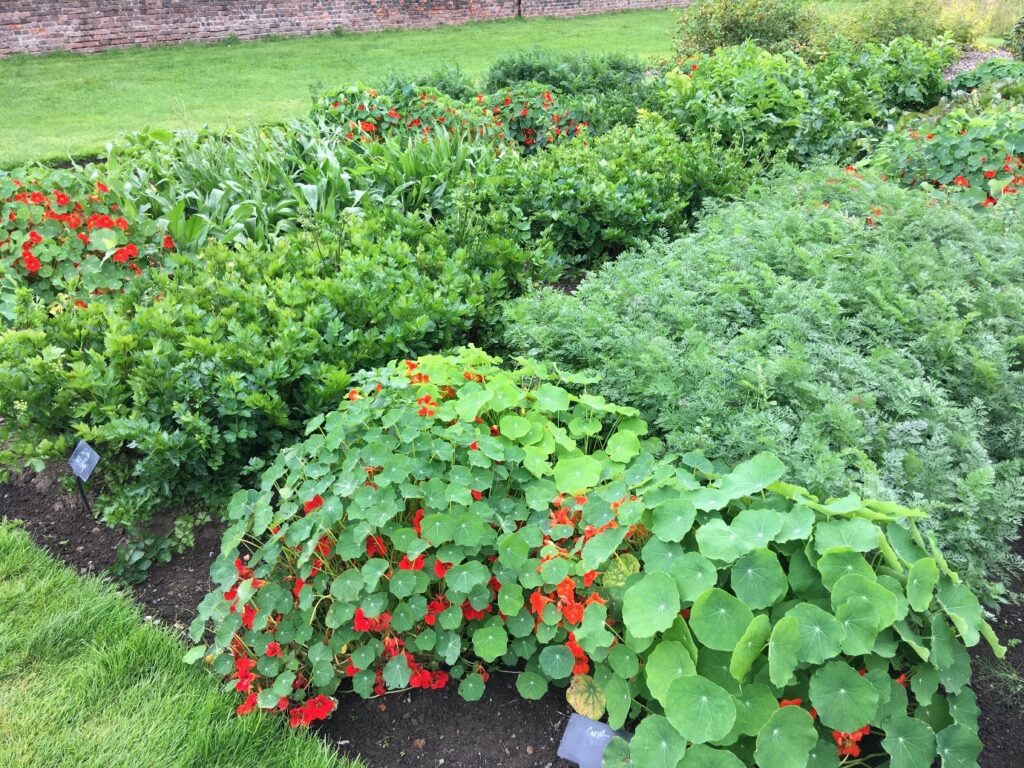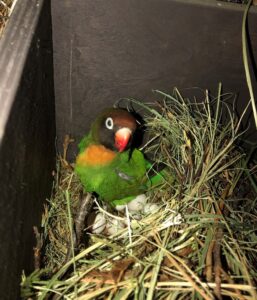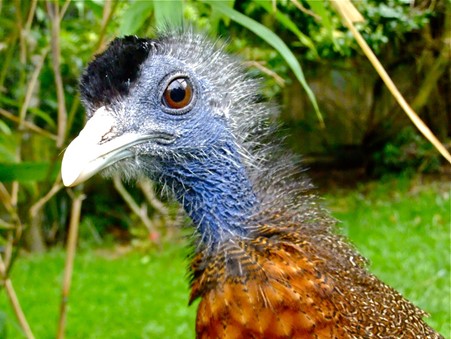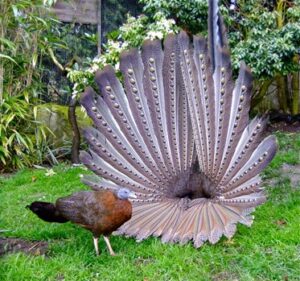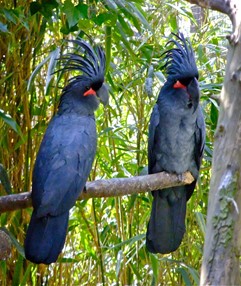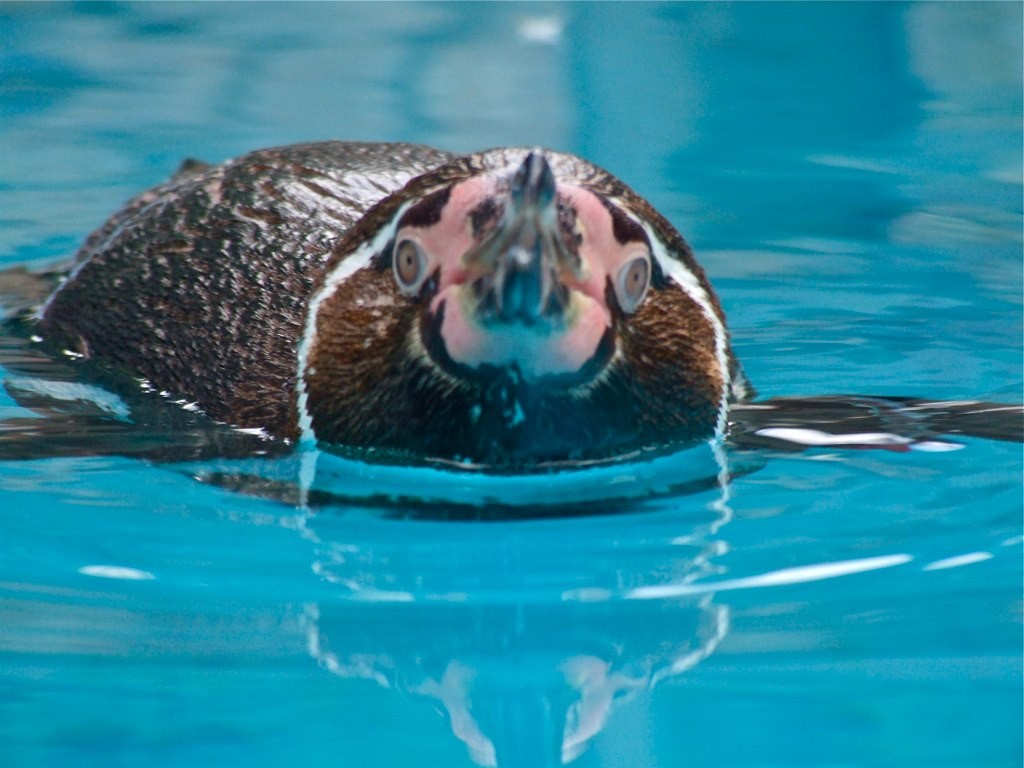Lord Whitney is the the Leeds-based creative studio behind Upon a Christmas Wish at Harewood House. Led by Amy Lord and Rebekah Whitney, it is an innovative artist-led studio creating immersive experiences and spaces that spark wonder and inspire curiosity. They build cinematic worlds that allow audiences to journey into their imagination, see things differently and explore the possibilities.
We sat down with Amy and Rebekah to chat about the studio’s origins, their inspirations, and the importance of unlocking your inner child…
Thanks for making time for us – it’s been a very busy few weeks installing Upon a Christmas Wish at Harewood! To start, can you tell us how Lord Whitney came to be?
Rebekah: The two of us met at university in Leeds many moons ago, on a graphic art and design degree. We had a similar aesthetic, but we were working on opposite sides of the studio – I was all about illustration while Amy was more into photography. Our tutor noticed the similar themes in our work and put us together – and we instantly hit it off. We found we had the same mind’s eye. We’d talk about an idea, go away to develop it, and when we came back together we’d have drawn the same picture of how we wanted it to look.
Amy: It was the worst timing though! It was practically the last week of our third year, all our work had been handed in, and only then did we find eachother. We were so excited to have finally found something that made us giddy. It felt like we were playing as children again – time would pass so quickly and the security guards kept having to kick us out of the studio at night.
I love that phrase, ‘the same mind’s eye’. How do you two see the world?
Rebekah: I think we’re able to return to being kids, and see things as a child would – just letting your imagination run free. It turns out we were basically the same child, both enjoying taking things down to set them back up again, and now we’re able to do that as adults. I think that if you can tap into the thing you enjoyed as a child, you’ll probably enjoy it as an adult.
Amy: Definitely – that’s an important message we have in a lot of our work, things that gave you joy as a child will give you joy now.
Returning to the origins of Lord Whitney – you’ve graduated, having only just found eachother as creative partners. What happened next?
Amy: We didn’t set up Lord Whitney straight away – we both had a few years trying things out and feeling quite lost, not knowing if or how we could get a creative job in Leeds. We’ve both worked in film and TV, festivals, children’s workshops, photography… we’ve been on a journey, and all those different experiences feed into what we do now. It makes us unique!
It’s actually really interesting to note that we’ve had our studio for 10 years now, having started up after the last recession; and we’ve met lots of other creative businesses who are also 10 years old. There was clearly a phase when lots of creative people decided they wouldn’t get a job through someone else, so they may as well do it themselves! And now, after the initial shock of the Covid pandemic, we’re seeing people do the same thing again – new creative businesses are springing up all over.
Rebekah: Creative minds will thrive in a crisis – we’re problem solvers!
What’s Leeds like as a base for a creative studio like Lord Whitney?
Rebekah: It’s great! There are so many more opportunities than when we first started and we have an amazing studio that we couldn’t afford in London. It’s the same in Sheffield and Manchester. In fact we haven’t done a London job in a while. We did plenty when Lord Whitney first started, and we never made it an issue, travelling to London several times a week. I’m glad we did that, because it encouraged London brands to look further afield for their creative work. But we love Leeds – we did consider moving in the early days but just couldn’t give up the north!
Let’s chat about Upon a Christmas Wish, the remarkable experience that you’ve created for Harewood. What was behind the concept of the House telling the story of a little girl’s Christmas wish?
Rebekah: Last year was awful, very traumatic and difficult [Upon a Christmas Wish was originally planned for Christmas 2020, and had to be postponed due to Covid restrictions]. When we began thinking about it in the first lockdown, we had a conversation about doing something positive. It was a scary time – like everyone we were navigating our business and worried about family and friends, but we were starting to see creatives trying to do positive things in their communities. So what could we do to create a moment of respite? How we could create an experience that helped Harewood’s visitors to feel relaxed or try to forget what they were going through?
Amy: When we started talking about positivity, we quickly got to how Bek felt being a mum, and specifically reading to her kids. We talked about the lull of a story – children don’t necessarily understand the words or meaning but when stories are read out loud they are really calming. Stories were so important to us as children, and still are now. In our work, you can see bits of Narnia, bits of Peter Pan… all these references peeking through. So we wanted to use a story to help people reconnect with their inner child and imagination, and make something relevant for adults and kids.
How did the work develop once you’d had the concept?
Rebekah: There was a lot of research, working with the Harewood Collections team. They dug out articles and artefacts relating to Christmas, and we pulled out gems and nuggets to be included in the fictional story, like the Christmas theatrics. We also spoke to David Lascelles, Earl of Harewood, who remembered amazing Christmas parties when he was a boy, with plenty of merriment and Christmas cheer.
Amy: Absolutely, the research phase is so important. You come with an idea but the project is Harewood specific, so it has to be developed in its own context.
We wanted a strong narrative, so we found an amazing collaborator in Toby Thompson, the poet and writer, and got Buffalo on board for sound design early on. We love collaborating, it adds such strength and creativity to a project.
Rebekah: Obviously we did have to consider how to create an immersive experience during a global pandemic! Everything had to be spaced out, you can’t touch anything – so voice and sound was really important to make a safe, immersive show.
What’s your favourite part of Upon a Christmas Wish?
Rebekah: The toy room really excites me. That room in particular is a moment for children, and for the adults who remember setting up the games. When I was little I had a book called iSpy Christmas, which was full of detailed photographic spreads – you had to spot the tin soldier or the bear playing a drum – and that book heavily inspired this room. The toys have come alive and they’re setting up games for Sophie to play. And I love the big moon for the moment of calm and stillness.
Amy: I like the dining room because of the contrast to the previous room. You’ve started the experience in the music room, with a film and audio – it’s clear what’s going on. But then you step into the dark dining room as if you’re stepping into Sophie’s imagination. It’s unexpected and we like to challenge people’s expectations!
What would you say to someone about to enter Upon a Christmas Wish?
Amy: Let everything go and step into it with an open mind. We thought a lot about mindfulness and healing in creating this piece – we tried to create moments of mindfulness even if people don’t realise they’re having them. So really, we’re interested to see what people feel like when they come out!
Rebekah: If people feel a sense of wonder, like you feel as a child, at any moment, then that’s fantastic – job done.
Upon a Christmas Wish by Lord Whitney is open now at Harewood House. Christmas at Harewood tickets include timed entry to the House, as well as Harewood’s beautifully decorated gardens and grounds. Pre-booking is essential at harewood.org/christmas.

